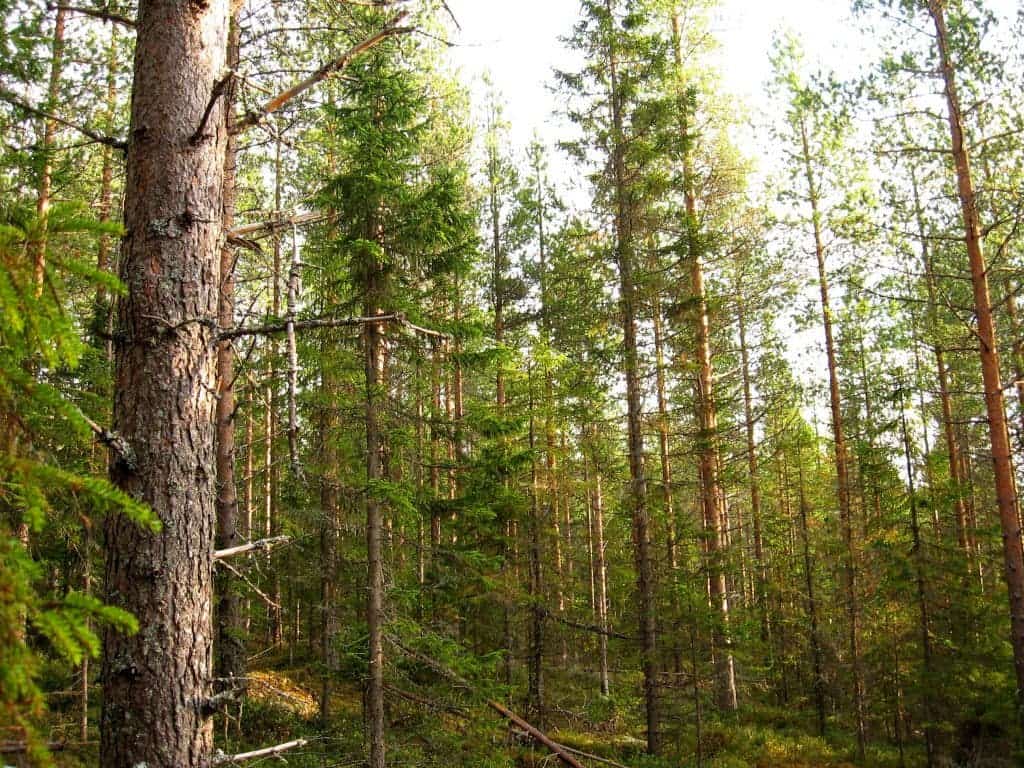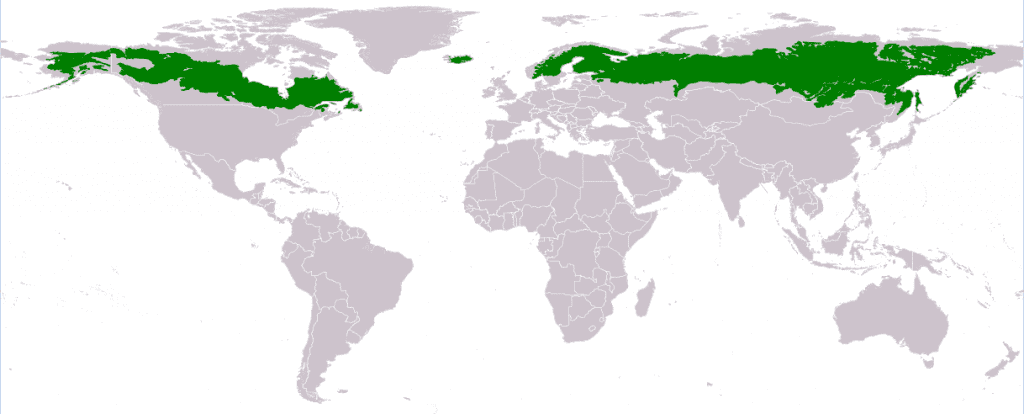With spring starting to settle in, snow is likely the last thing on people’s minds – but NASA is taking snow really seriously. They want to put satellites in orbit to understand how the frozen lands in the polar areas are developing and adapting to climate change.

The ecosystem that interests scientists mosts are the boreal forests. The taigas (or boreal forests) are generally coniferous forests consisting mostly of pines, spruces and larches. The taigas are the world’s largest terrestrial biome, covering 15% of the Earth’s land surface. In North America they cover most of inland Canada and Alaska as well as parts, in Eurasia, they cover covers most of Sweden, Finland, much of Norway and Russia, some lowland/coastal areas of Iceland, and areas of northern Kazakhstan, northern Mongolia, and northern Japan (on the island of Hokkaidō). But even so, because they are so large and inhospitable, we know very little of the way they are changing.
“What we have now are very sparse, seasonal measurements from the ground,” said John Kimball, a professor of systems ecology at the University of Montana, Missoula, and a member of the science team for NASA’s Soil Moisture Active Passive (SMAP) mission, launched Jan. 31. “We do have long-term, global satellite data sets that are sensitive to freeze-thaw, but they tend to be very coarse.” That means each measurement averages the status of a large area. Like a mosaic made of large tiles, these data cannot show much detail.

Despite the wishes of Republican senator Ted Cruz, NASA will put an end to that – by the end of April, SMAP will monitor the frozen or thawed state of the landscape north of 45 degrees north latitude (about the latitude of Minneapolis) every two days. Its main purpose is to measure the amount of moisture in the top few inches of soil globally, but it also detects whether that moisture is frozen or in liquid form. SMAP’s radar measurements, with “tiles” only half a mile to a mile and a half (1 to 3 kilometers) across, will reveal far more detail than scientists now have about the freeze/thaw status of the land surface.
The greater detail is very important because especially in the Arctic areas, you can have very high variations over very small surfaces, depending on solar light and potential shade. The early weeks of spring are especially crucial for this kind of study, because that’s when most of the magic happens.
“Once the vegetation thaws, boom! Photosynthesis takes off,” Kimball explained. “You can get your highest rates of photosynthesis within a few weeks after the thaw, and a later thaw can mean much lower vegetation growth for the season. We need observations at what I call the landscape level to more precisely monitor those patterns and changes.”
With the scarcity of available Arctic data, there is no satisfactory general model that predicts what the future might hold. Hopefully, SMAP will help fix that.
Source: NASA.


